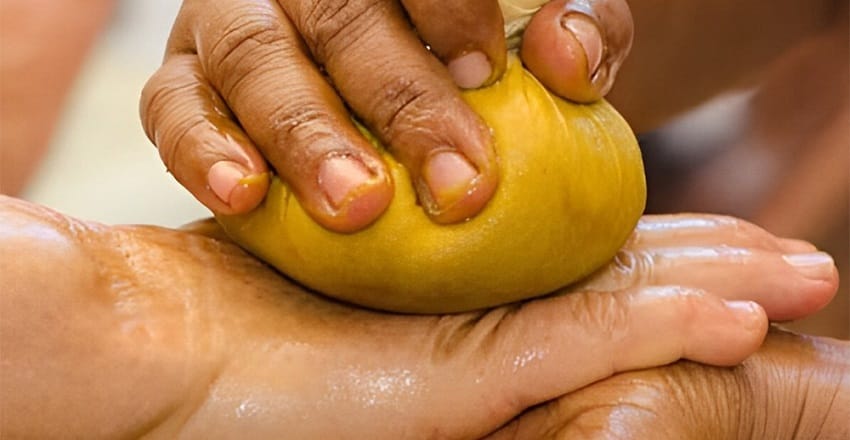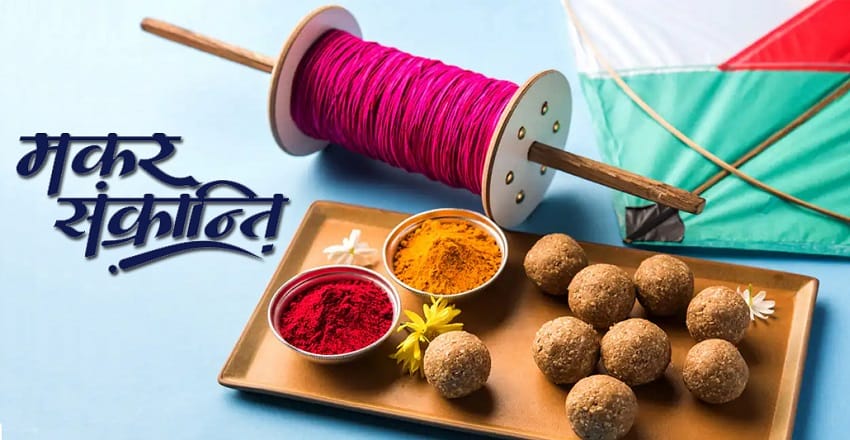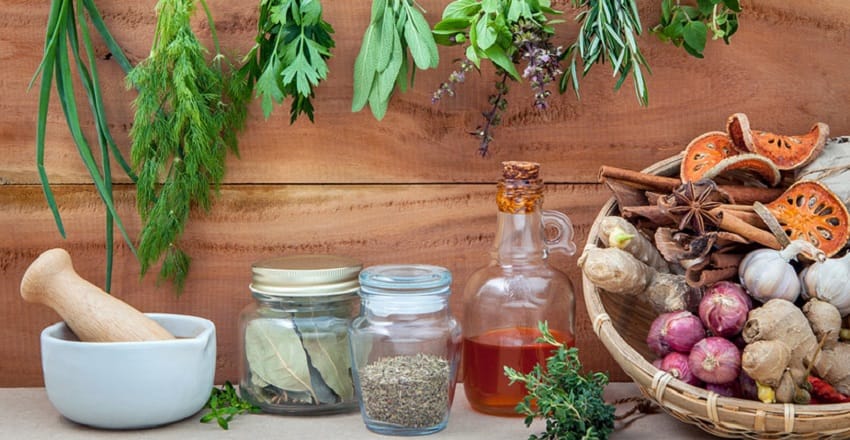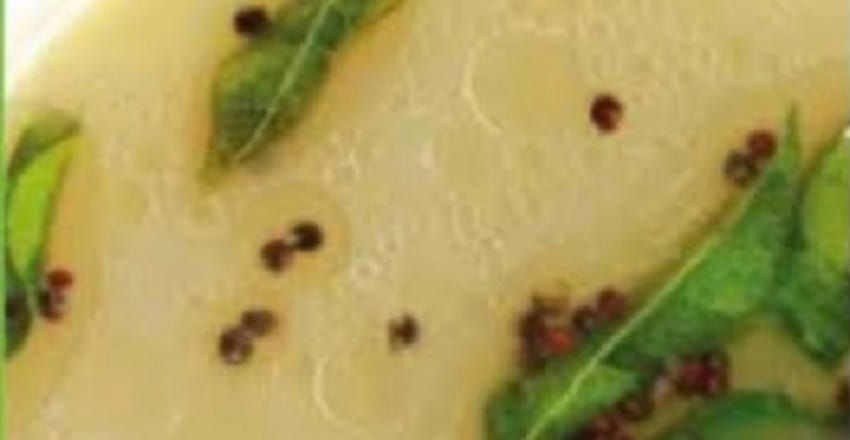Sciatica, also known as Gridhrasi in Ayurveda, is primarily caused by the aggravation of the Vatadosha, sometimes combined with Kaphadosha. It leads to pain, stiffness, and discomfort radiating from the lower back to the buttocks and legs. The treatment of sciatica pain in ayurveda involves understanding the root causes and applying holistic remedies for long-term relief. Specific Causes of Sciatica (Nidana) in Ayurveda Ayurvedic Treatment for Sciatica (Gridhrasi Chikitsa) 1. Panchakarma Therapies (Specific Detox Treatments) When it comes to the treatment of sciatica pain in ayurveda, Panchakarma therapies are particularly beneficial for severe and chronic cases. These therapies help detoxify the body, balance Vata, and reduce nerve compression. 2. Specific Ayurvedic Medications for Sciatica Several Ayurvedic medicines are integral to the treatment of sciatica pain in ayurveda, as they help in balancing Vata, reducing inflammation, and strengthening the nerves. 3. External Applications (Lepa & Oil Therapy) External therapies are also vital in the treatment of sciatica pain in ayurveda, providing… Continue reading Ayurvedic Treatment for Sciatica Pain: Relief & Remedies












